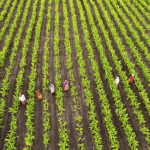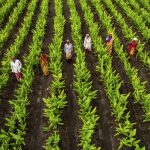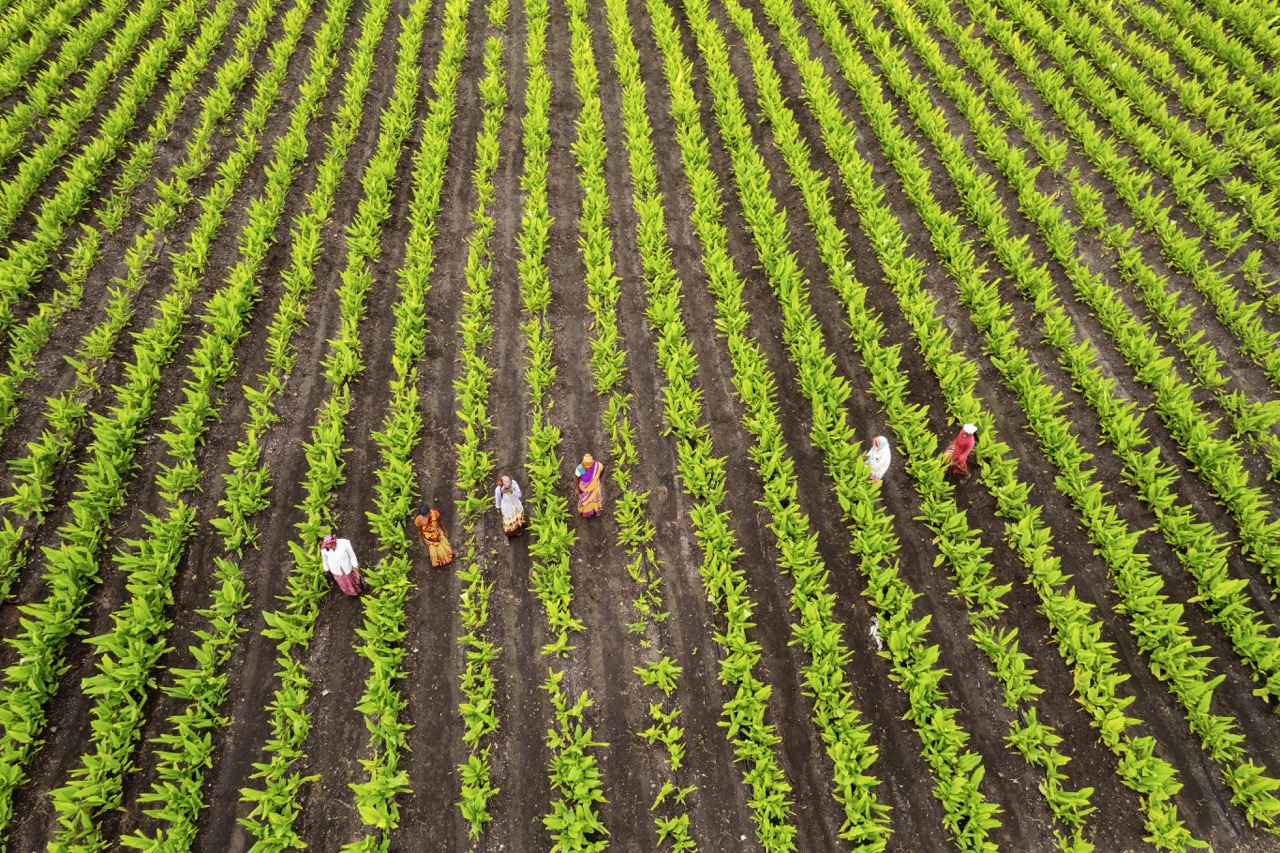In recent years, the agricultural sector has faced unprecedented challenges due to extreme weather events, including droughts, floods, hurricanes, and unseasonal frosts. As climate change continues to exacerbate these conditions, farmers must adopt proactive measures to protect their crops and sustain yields. This article explores the impacts of extreme weather on agriculture, essential strategies for resilience, innovative technologies available, and the importance of long-term planning for climate adaptation in farming practices.
Understanding the Impact of Extreme Weather on Agriculture
Extreme weather events can severely disrupt agricultural production, leading to significant economic losses and food insecurity. Droughts can cause soil degradation and decrease water availability, while flooding can lead to the erosion of topsoil and the inundation of crops. Additionally, high winds and hail can physically damage plants, reducing their yield and quality. The unpredictability of these weather patterns makes it increasingly difficult for farmers to plan effectively, exacerbating the vulnerabilities of their crops.
The impact of extreme weather extends beyond immediate crop damage. It can disrupt supply chains, raise input costs, and lead to increased financial stress for farmers. For instance, when a harvest fails due to unexpected frost, farmers may have to rely on costly alternatives to meet market demands. Furthermore, extreme weather can lead to pest and disease outbreaks, as stressed plants become more susceptible to infestations, further complicating recovery efforts.
Understanding these impacts is crucial for developing effective strategies to mitigate risk. Farmers must be aware of their specific vulnerabilities based on their geographic location, crop type, and farming practices. By recognizing the potential effects of extreme weather on their operations, they can begin to implement measures to enhance resilience and safeguard their livelihoods.
Essential Strategies for Crop Protection and Resilience
A proactive approach to crop protection involves diversifying crop varieties and implementing sustainable agricultural practices. By cultivating a mix of crops, farmers can minimize the risk of total crop loss due to extreme weather events. Crop rotation and intercropping can enhance soil health and reduce susceptibility to pests and diseases, leading to a more resilient farming system.
Another key strategy for protecting crops is the use of physical barriers, such as windbreaks or shade structures, to shield plants from harsh weather conditions. Windbreaks can reduce wind speed, mitigating the risk of wind damage, while shade structures can protect crops from excessive heat or sunlight. Additionally, optimizing irrigation practices can help manage water scarcity during droughts or prevent waterlogging during excessive rainfall.
Farmers should also consider adopting soil conservation techniques, such as no-till farming and cover cropping, which can improve soil structure and moisture retention. These practices not only enhance resilience to extreme weather but also contribute to overall soil health, leading to improved crop performance over time. By adopting a holistic approach to crop management, farmers can bolster their defenses against the increasing challenges posed by climate change.
Innovative Technologies to Shield Crops from Severe Conditions
Technological advancements have opened new avenues for protecting crops from extreme weather. Precision agriculture, which employs data analytics and sensor technology, allows farmers to monitor field conditions in real-time. By utilizing tools such as drone imagery and soil moisture sensors, farmers can make informed decisions about irrigation and nutrient management, optimizing resource use and minimizing crop stress.
Additionally, climate-smart agricultural technologies, including drought-resistant crop varieties and advanced irrigation systems, are making significant strides in crop protection. These innovations enable farmers to adapt to changing climatic conditions while maintaining productivity. For instance, drip irrigation systems can deliver water directly to plant roots, reducing water waste and ensuring that crops receive adequate moisture even during prolonged dry spells.
Moreover, the integration of artificial intelligence (AI) and machine learning into farming practices can predict weather patterns and optimize planting schedules. These technologies can analyze vast amounts of data from various sources, providing farmers with valuable insights to enhance decision-making and resource allocation. By harnessing these innovative tools, farmers can better shield their crops from severe weather conditions and improve overall farm resilience.
Long-Term Planning for Climate Adaptation in Farming Practices
As extreme weather events become more frequent, long-term planning for climate adaptation is essential for sustainable agriculture. Farmers must engage in scenario planning to assess potential risks and develop contingency plans. This includes identifying critical thresholds for temperature, rainfall, and other climatic factors that could impact crop viability and yield.
Collaboration with agricultural experts, climate scientists, and local extension services can provide valuable guidance in adapting farming practices to changing conditions. By participating in workshops and training programs, farmers can learn about best practices and emerging trends in sustainable agriculture, enabling them to stay ahead of climate-related challenges. Furthermore, forming cooperatives or joining local farming groups can foster knowledge sharing and collaborative problem-solving, enhancing community resilience.
Investing in research and development is also crucial for long-term adaptation. Policymakers and agricultural institutions must prioritize funding for projects that explore new varieties, sustainable practices, and technological innovations. By supporting research initiatives focused on climate resilience, the agricultural sector can better prepare for the challenges of tomorrow, ensuring food security and economic viability for future generations.
The impacts of extreme weather on agriculture are profound, but by implementing effective strategies and embracing innovative technologies, farmers can protect their crops and enhance resilience. Long-term planning and collaboration will be essential in navigating the uncertainties posed by climate change. As the agricultural landscape evolves, proactive measures and adaptive practices will be key to sustaining food production and supporting rural economies in the face of extreme weather challenges.










